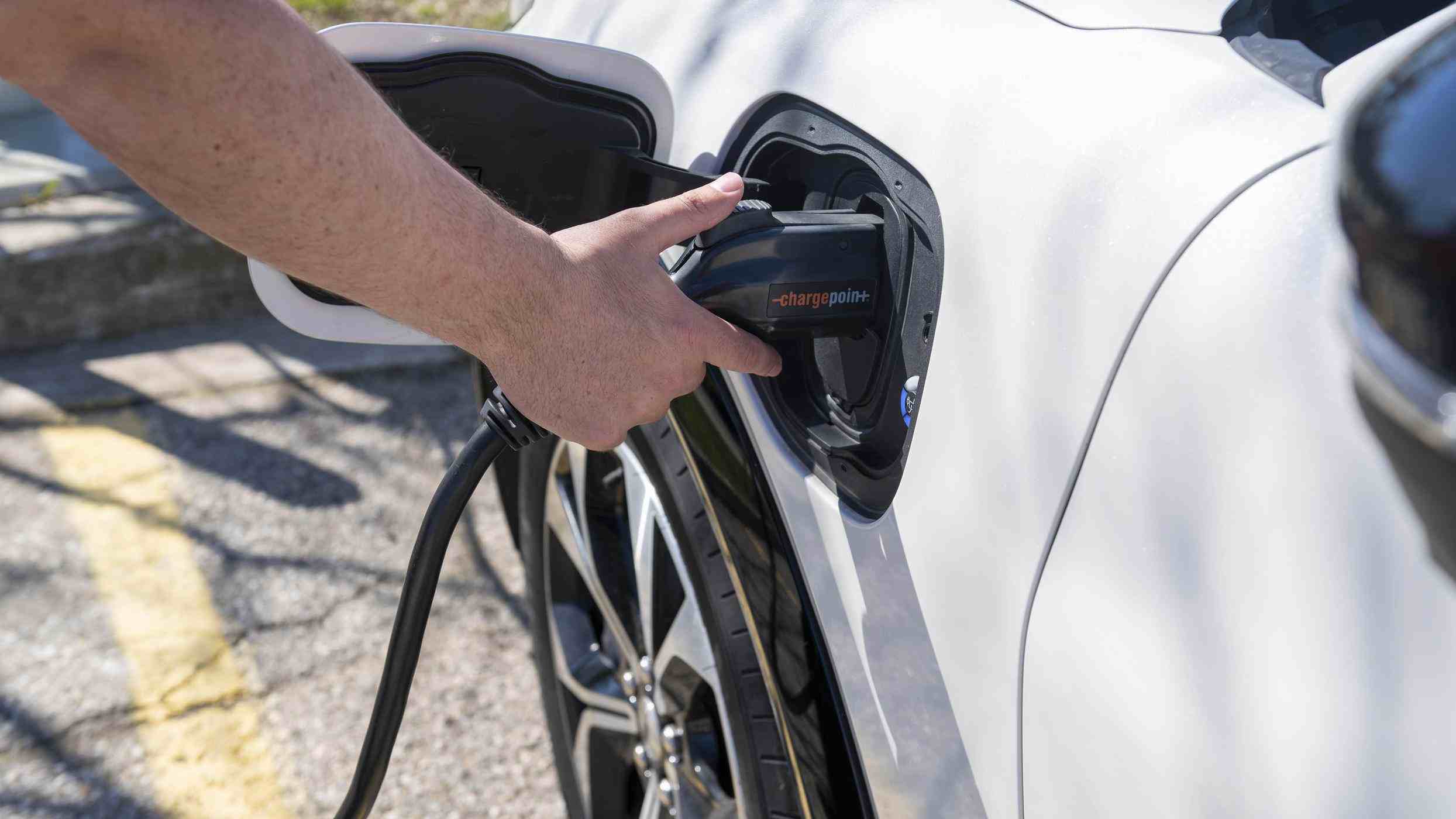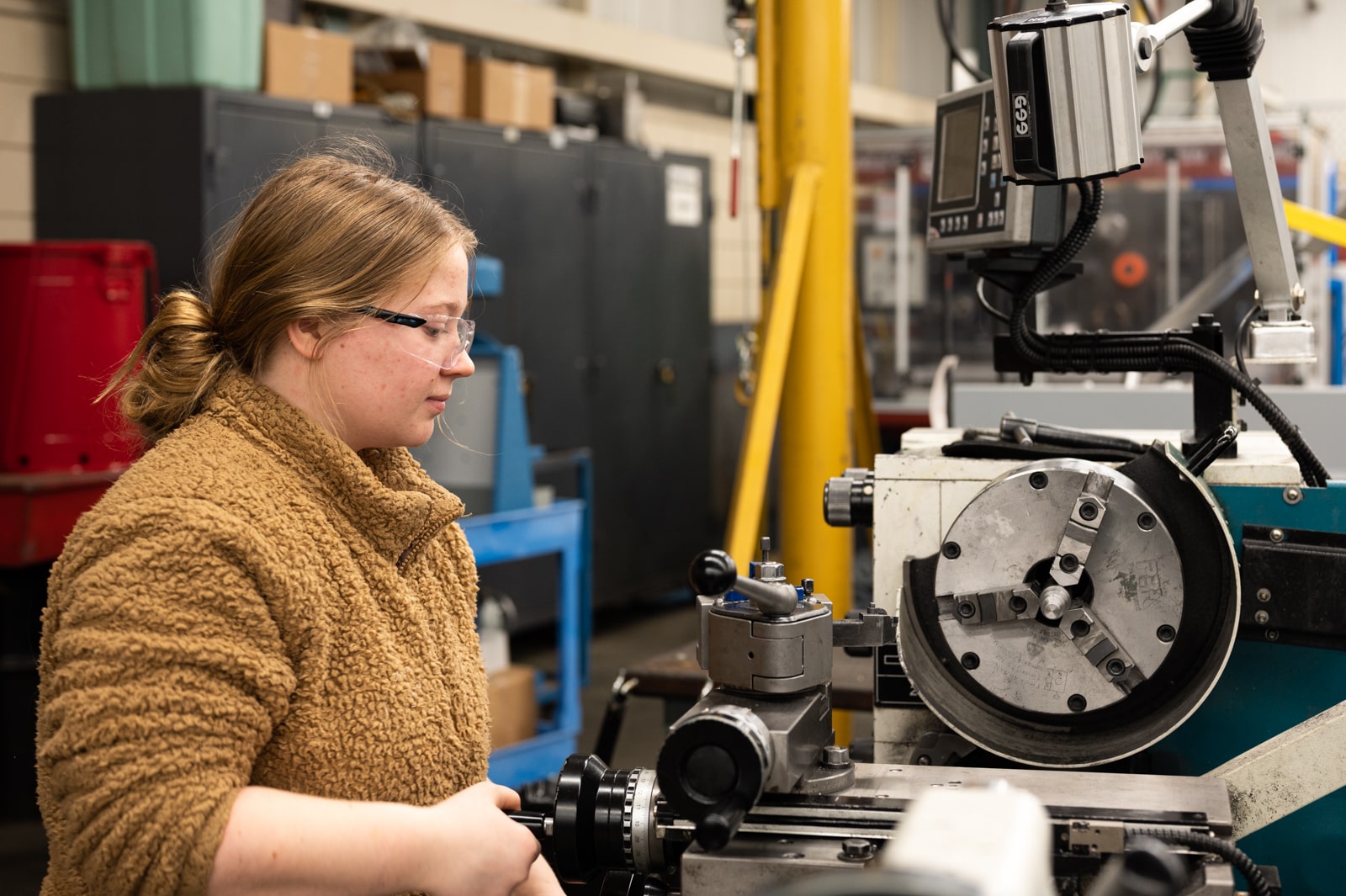
In March of 2022, the Government of Canada set a target to reach 100% zero-emission vehicle (ZEV) sales by 2035 as part of the 2030 Emissions Reduction Plan, pledging billions in investments in the sector. In the third quarter of 2024, Canada had reached a 16.5% adoption rate for zero-emission vehicles.
What does this all mean?
What qualifies as a zero-emission vehicle?
Zero-emissions vehicles are vehicles that produce no tailpipe emissions. These vehicles are sometimes referred to as green vehicles or new energy vehicles.
Gas vehicles have tailpipes that release greenhouse gases like carbon dioxide and methane as well as air pollutants.
The impact of switching to ZEVs
The emissions from gas-fuelled vehicles can cause health issues like heart problems and cancer, particularly for vulnerable populations like children, the elderly or those with existing health conditions. Additionally, greenhouse gases are the main culprit for global warming. By reducing the use of fossil fuels in our vehicles, we can reduce these emissions in our atmosphere.
For the consumer, ZEVs are cheaper to fuel and maintain. With government incentives to buy, you can also save upfront on a zero-emission vehicle.
Types of ZEVs
When we think of zero-emission vehicles or environmentally friendly vehicles, we might think about electric vehicles (EVs). While EVs are ZEVs, they’re not the only type of ZEV available.
Battery Electric Vehicles (BEVs)
These are vehicles with electric motors which are powered by on-board rechargeable batteries. They produce no tailpipe emissions. These are what people think of as electric vehicles.
Plug-in hybrid electric vehicles (PHEVs)
These vehicles have gas engines but they also have rechargeable batteries that can power the engine. These are considered ZEVs because they produce no tailpipe emissions while in electric-only mode. They’re commonly known as plug-in hybrids.
Hydrogen fuel cell vehicles (FCVs)
While these vehicles may be the least well-known, FCVs might also be the most exciting! They use hydrogen to create electricity that powers an electric motor. Instead of tailpipe emissions, they emit only water vapour and warm air. FCVs have a smaller initial carbon footprint than their electric counterparts.
All ZEVs have similar components to power their electric engines.
What is a partial zero-emission vehicle?
You might have seen the term partial zero-emission vehicle (PZEV). These are not the same as zero-emission vehicles. The standards for PZEVs are set by the state of California. PZEVs are gas vehicles that have zero evaporative emissions and are designed to have cleaner emissions than other gas vehicles through the use of additional filtration. Plug-in hybrid electric vehicles (PHEVs) can also be PZEVs.
How does all this affect the job market?
In a 2021 report, Clean Energy Canada predicted that 363,700 people would be employed in the clean transportation industry in Canada by 2030, based on an electric vehicle adoption rate of 18%. At the end of the third quarter of 2024, Canada had already hit a 16.5% adoption rate.
There is already a shortage of licensed technicians in Canada for these types of vehicles and as even more people begin purchasing and driving ZEVs, the demand for workers across the industry will only continue to grow. In addition, workers are needed for battery plants and the creation of infrastructure like charging stations and hydrogen refuelling stations.








